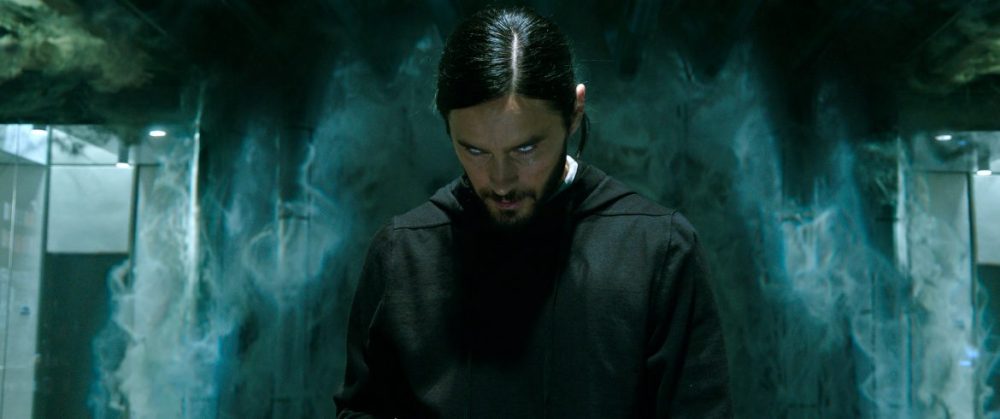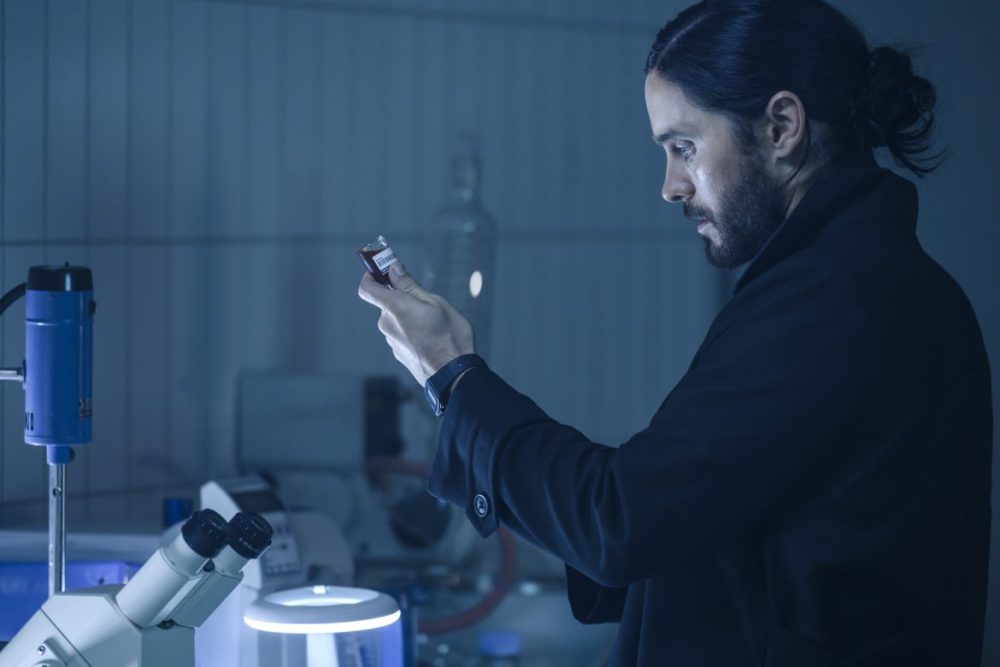TL;DR
Daniel Espinosa's superhero debut, Morbius, starts strong with a compelling premise and solid first act, showcasing a brilliant scientist turned vampire and intriguing characters. However, the film quickly unravels, losing narrative cohesion, especially in a jarringly abrupt and re-shot ending that feels disjointed. While the UHD edition impresses with excellent Dolby Atmos sound and striking 4K visuals, the supplemental material is superficial. Ultimately, Morbius offers moments of genuine entertainment, but its potential is significantly hampered by a rushed conclusion and overzealous franchise-building in the post-credits scenes. Despite its flaws, the technical quality of the UHD release offers a qualified recommendation for those curious about this flawed but not entirely unwatchable anti-hero origin story. Dive into the full review to see why it's a qualified thumbs-up!
In 2008, my second feature film, Död vid Ankomst, which I wrote and directed, premiered. We held an advance screening to gather feedback on the film’s strengths and weaknesses. Several established filmmakers attended, including screenwriter and director Teresa Fabik (Hip Hip Hora, Prinsessa), film and game creator Josef Fares (Jalla Jalla, It takes Two), and Daniel Espinosa, who was then relatively unknown. They shared their insights on how we could refine the film. Espinosa subsequently gained prominence with his film adaptation of the successful novel Snabba Cash, a hit in both Sweden and internationally. This success led to opportunities in Hollywood, where he has been working ever since. His most recent film, the sci-fi horror Life, was a compelling and suspenseful experience. Therefore, the announcement that he would be directing his first superhero film piqued my interest.
Dr. Michael Morbius (Jared Leto), a brilliant scientist and physician, suffers from a rare blood disorder. He has dedicated his life to finding a cure, but his efforts have been consistently unsuccessful. He and his close friend Milo (Matt Smith), who also suffers from the same condition, are nearing the limits of what can be done to halt their bodies’ decline. Morbius, along with his accomplished colleague Martine Bancroft (Adria Arjona), eventually discovers a viable cure, but it comes with the unforeseen side effect of transforming Morbius into a vampire. He can initially suppress his bloodlust with synthetic blood, but his need for it intensifies, and ultimately, only fresh human blood can truly sustain him. Soon, people in his vicinity begin to die, and suspicion immediately falls on Morbius. However, the possibility remains that someone else may have acquired the “cure.”

Given Morbius‘s widely reported box-office failure, I approached the film with tempered expectations. Consequently, I was initially surprised and pleased to find that the film exhibited a decent pace, featured intriguing characters, and provided solid entertainment in its first act. However, the film gradually begins to falter, losing its narrative coherence, before ultimately collapsing in the final 20 minutes. The ending deviates significantly from the originally filmed sequence, and not for the better. The original concept involved a climactic daytime battle in a forest between Morbius and the film’s antagonist (whose identity I won’t explicitly reveal, though it’s not difficult to deduce). This sequence was reshot, purportedly due to concerns about depicting vampires in daylight. However, Morbius is explicitly established throughout the film as being resistant to sunlight, suggesting an alternative motivation for the change. The primary issue with the revised ending is its abruptness; the film’s established narrative is hastily resolved in a clumsy and disjointed final confrontation that concludes far too quickly. Furthermore, a significant portion of those final 20 minutes is dedicated to the end credits.
The premise offered genuine potential for a compelling film centered on the Marvel anti-hero Morbius. However, it appears that Sony executives prioritized capitalizing on the momentum generated by Spider-man: No Way home and Venom, a motivation that is painfully evident in the post-credits scenes. These scenes represent some of the most heavy-handed attempts at franchise integration, awkwardly forcing in a character from another property. Sony’s long-held ambition to produce a Sinister Six film is brought one step closer, but at the cost of undermining the established narrative integrity.

The UHD edition boasts impressive sound in Dolby Atmos. The audio is particularly effective and immersive during sequences where Morbius utilizes his ultrasonic abilities. The image in 4K with Dolby Vision is visually striking, especially given the film’s frequent use of dark and nighttime settings. Edge sharpness is excellent, and black levels are deep and rich. No visual artifacts or defects were observed. The supplemental material consists of brief promotional documentaries, exhibiting an excess of mutual appreciation and a lack of substantive information regarding the film’s production. The only element of slight interest is the inclusion of behind-the-scenes footage from the deleted ending, although Sony regrettably chose not to include the complete scene on the disc.
In conclusion, I was pleasantly surprised to find that Morbius was not the complete failure that many critics portrayed. The film contains several interesting scenes, a sentiment often reinforced when approaching a film with low expectations. However, the regrettable and truncated ending significantly diminishes the overall quality. Nevertheless, the high-quality Ultra HD edition partially compensates for these shortcomings, resulting in a qualified recommendation for Morbius. This is unfortunate, as the project held considerable potential.
SF Studios provided review copies for this evaluation. Content providers have no editorial influence over our reviews; we maintain an independent perspective with our readers and consumers as our priority.
